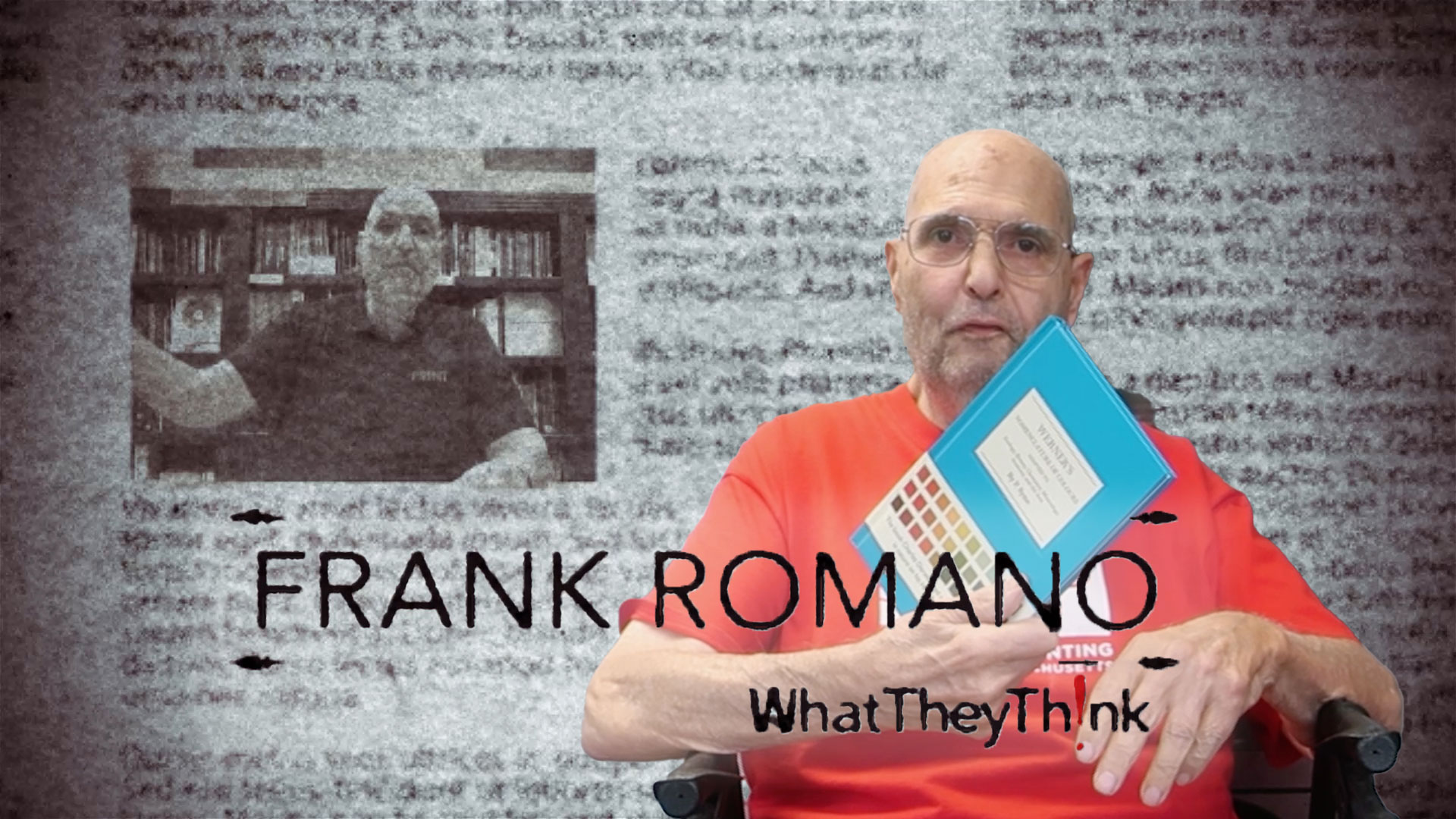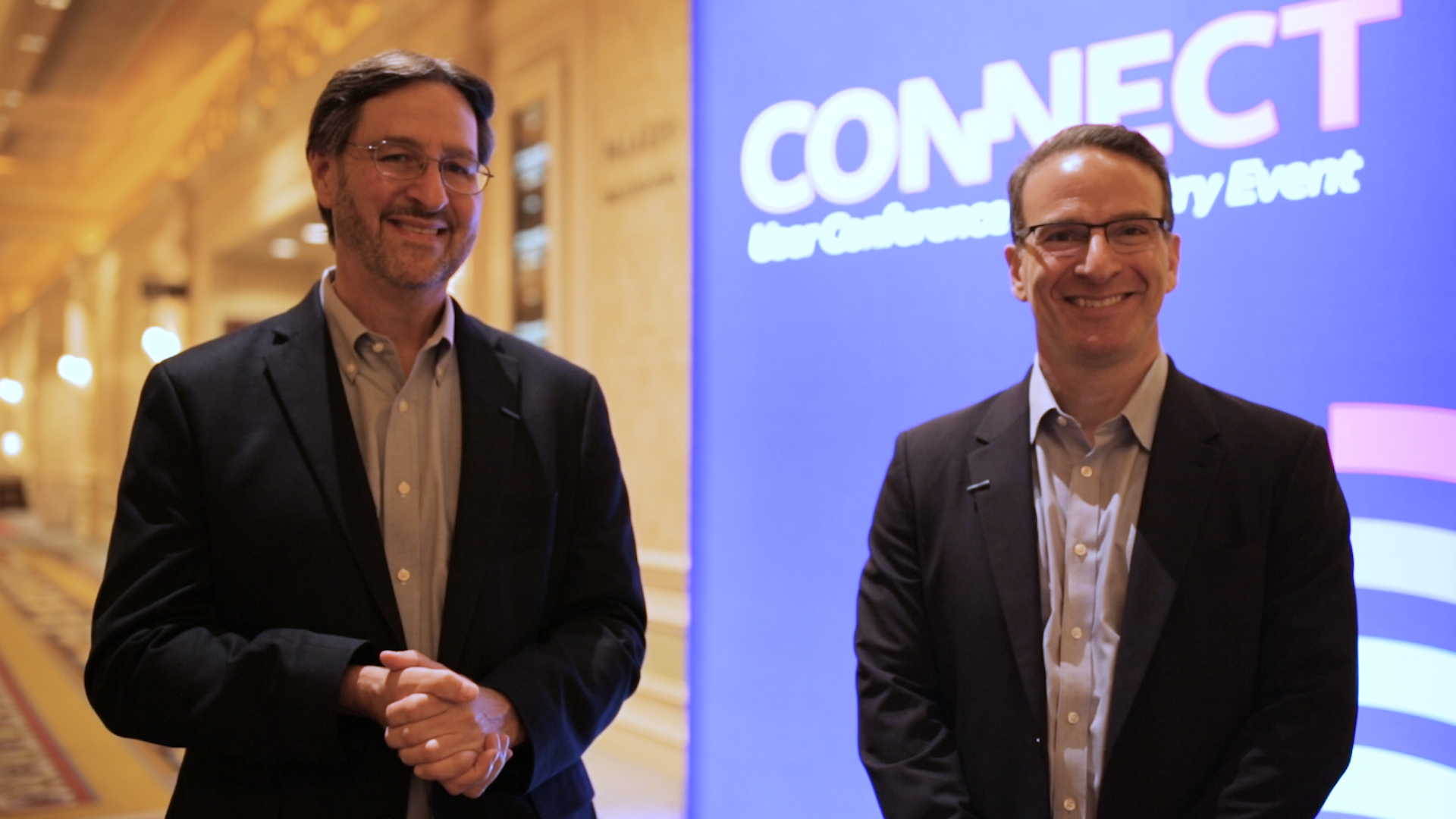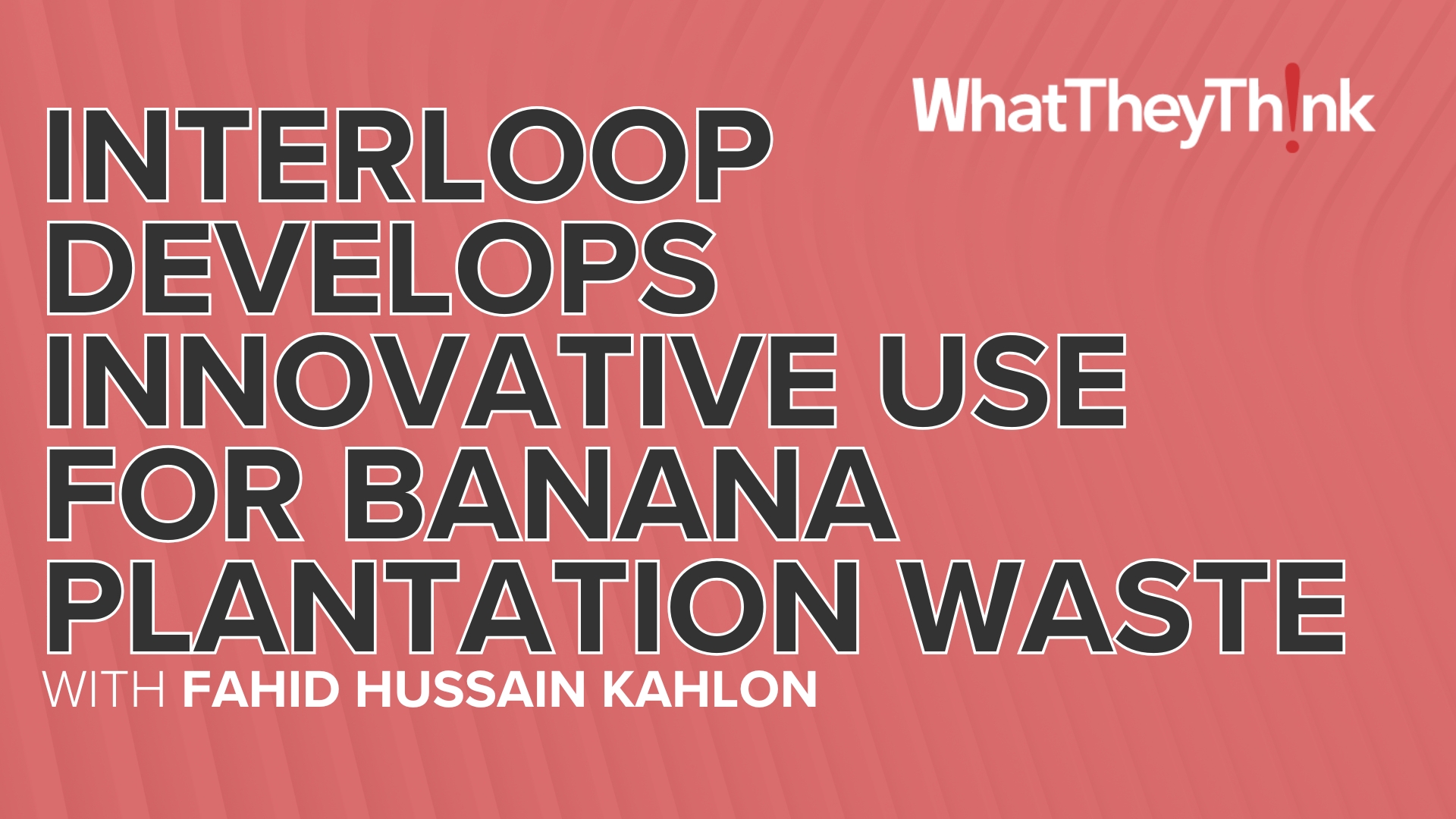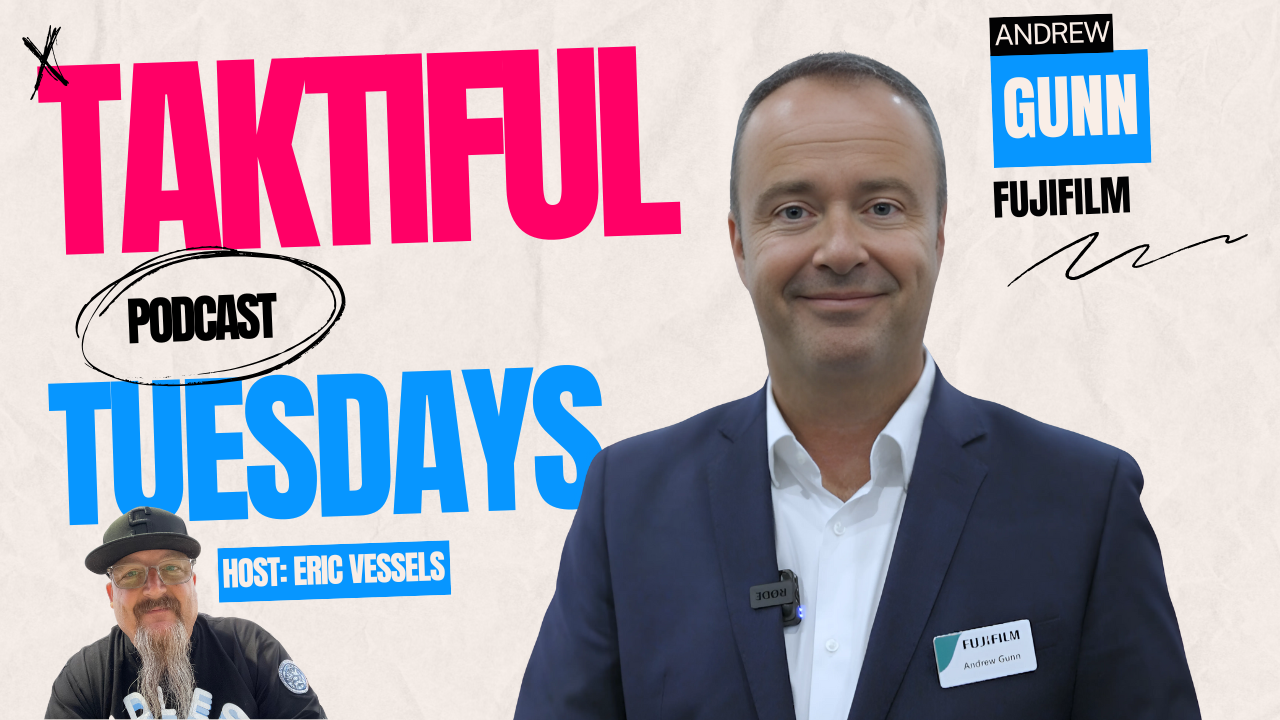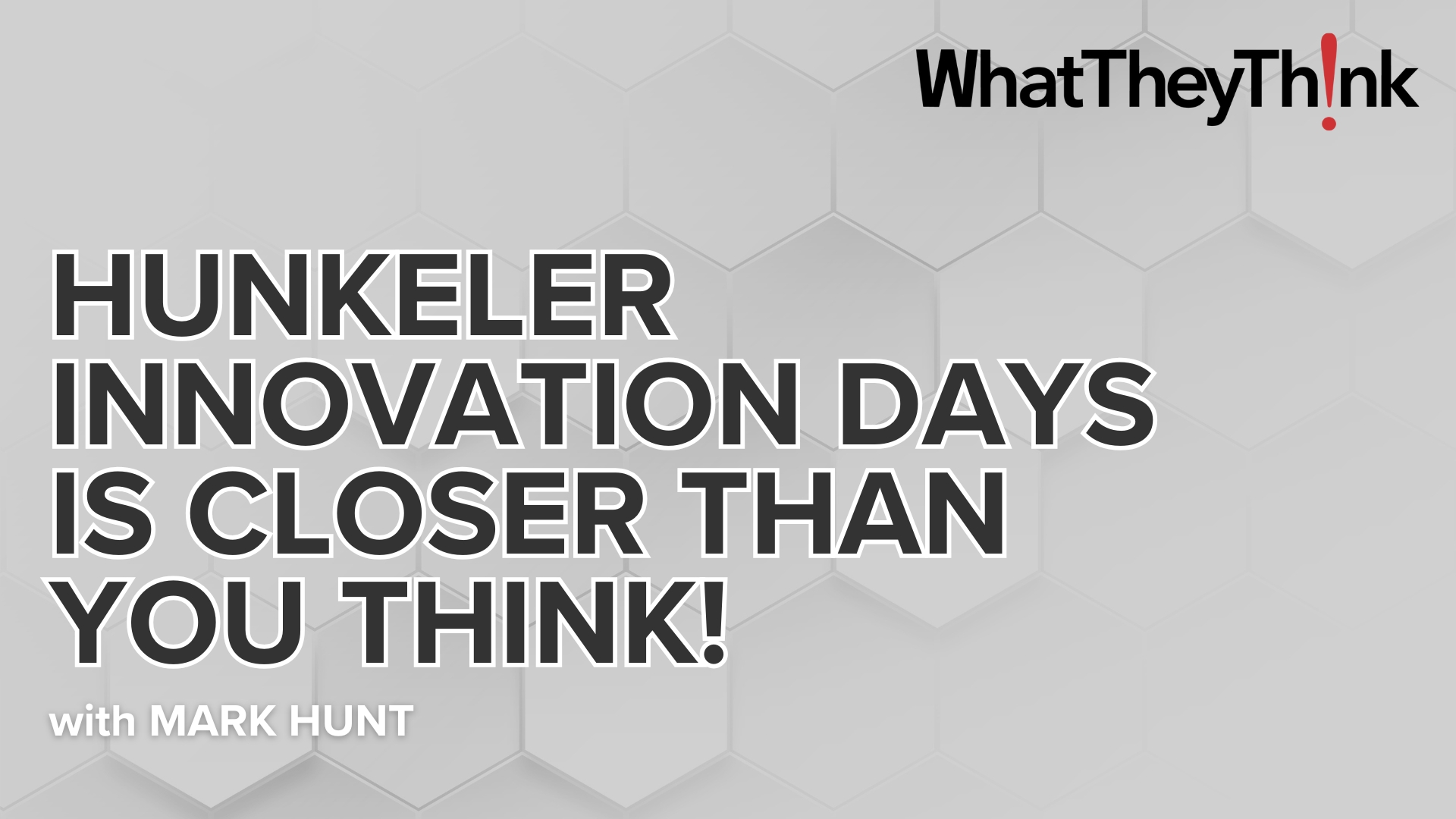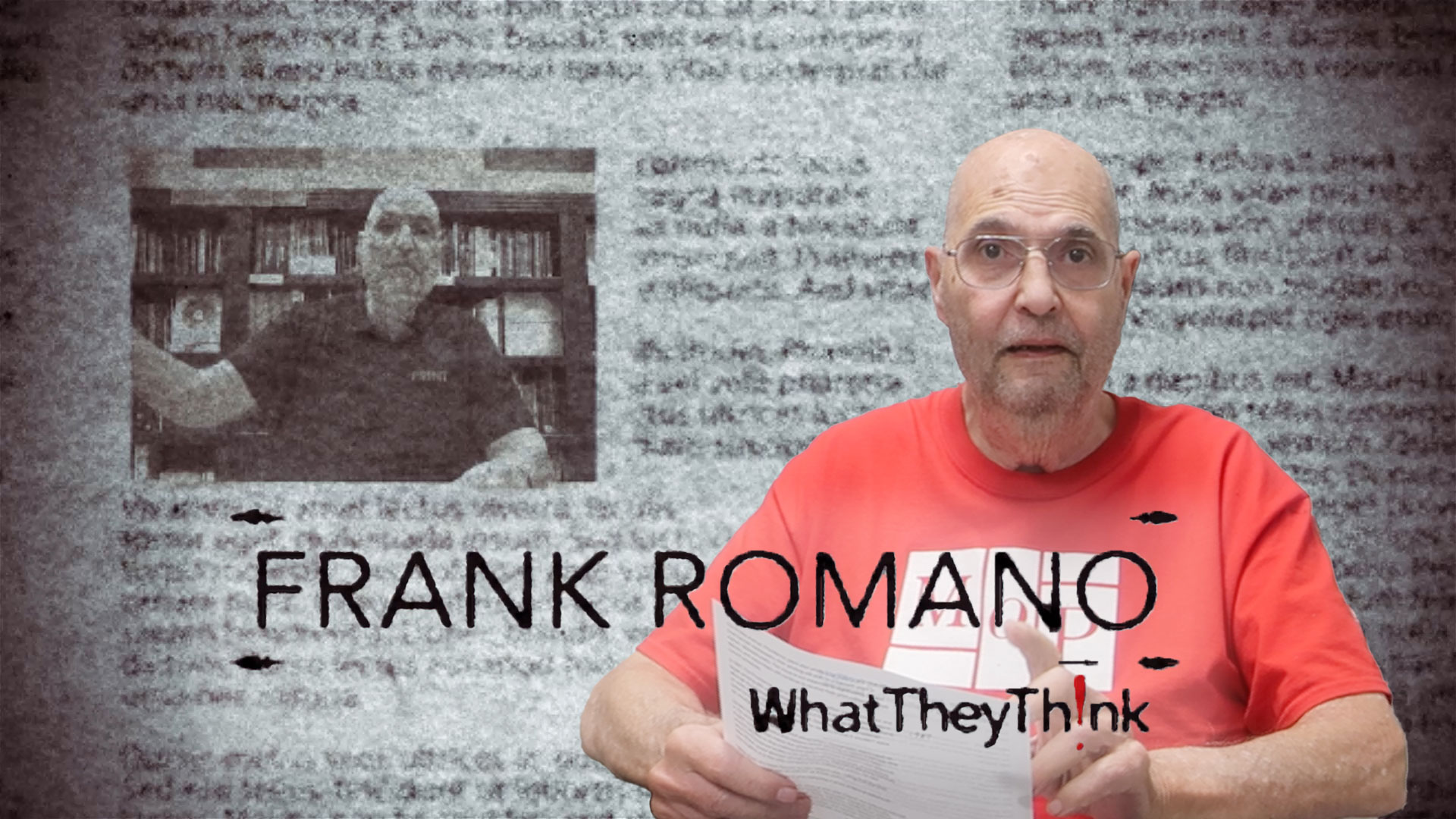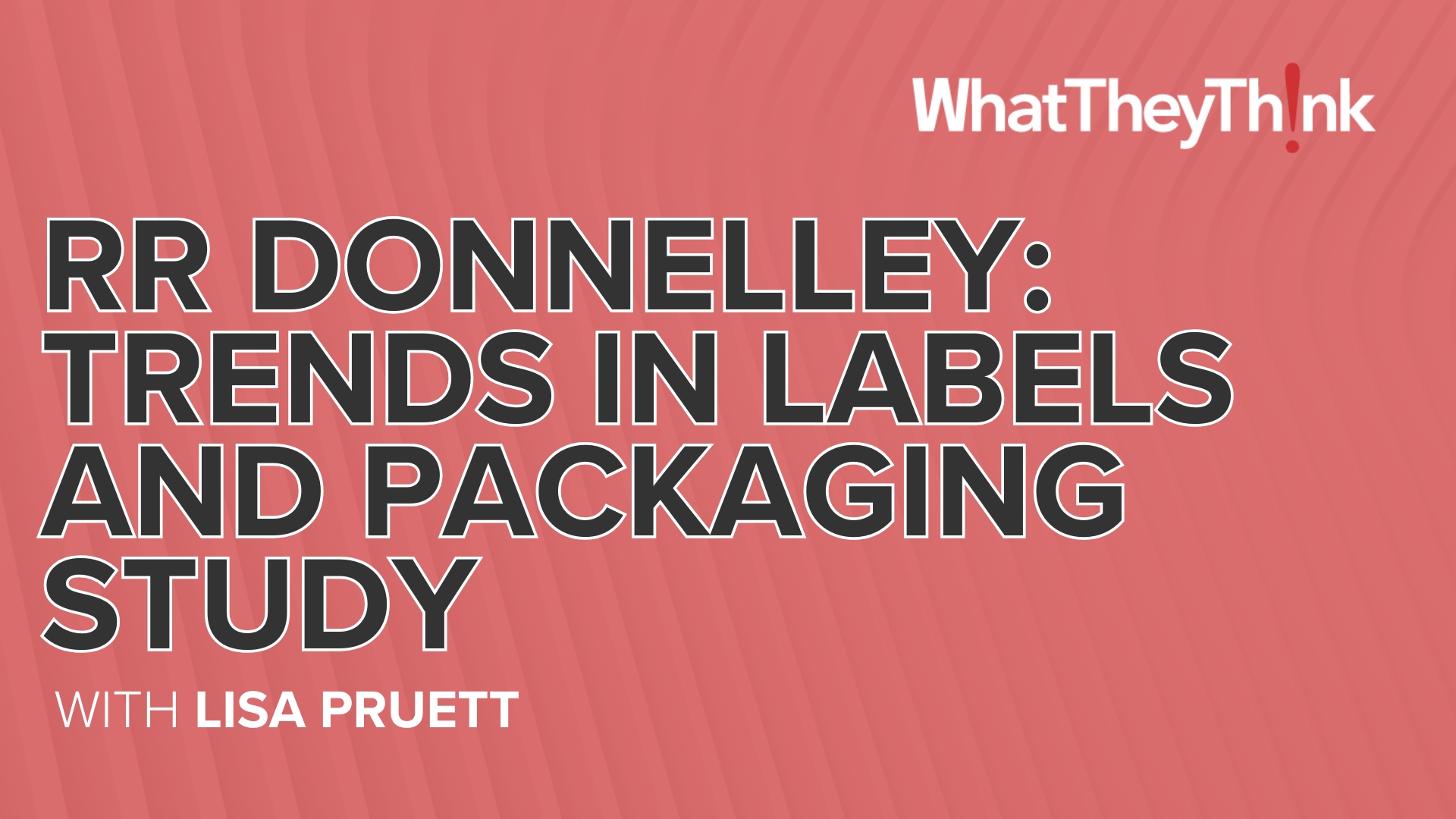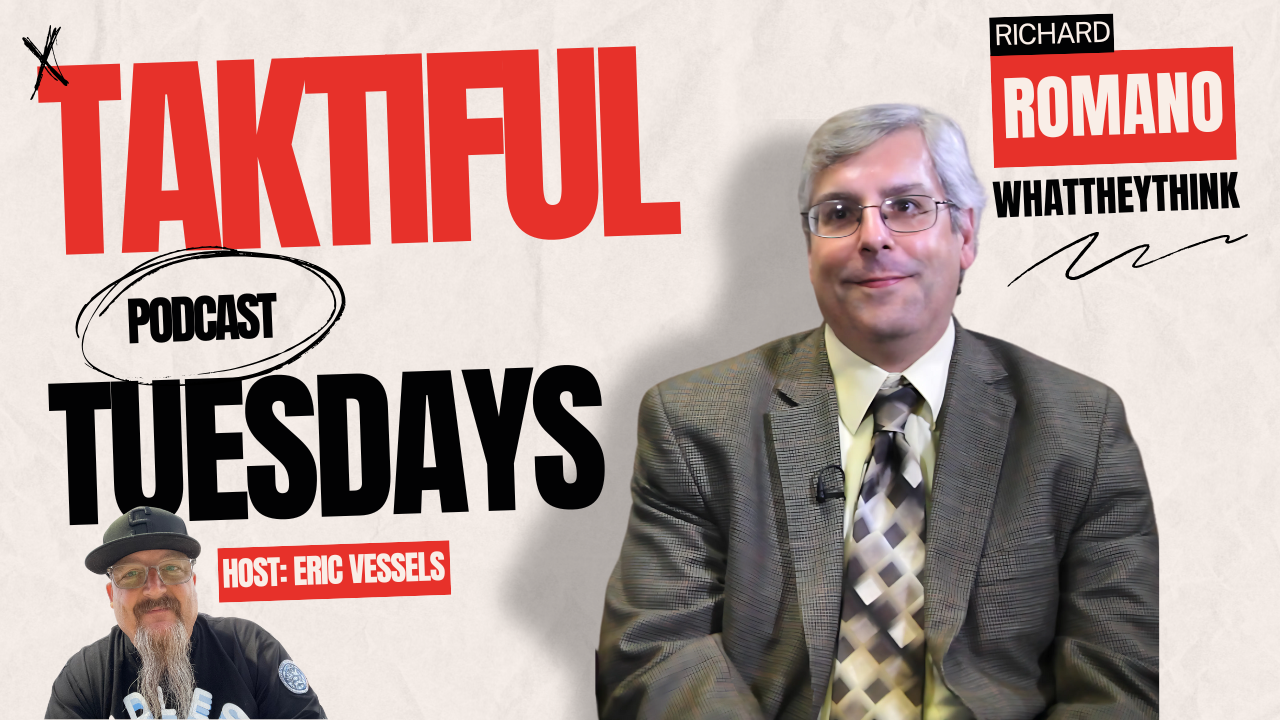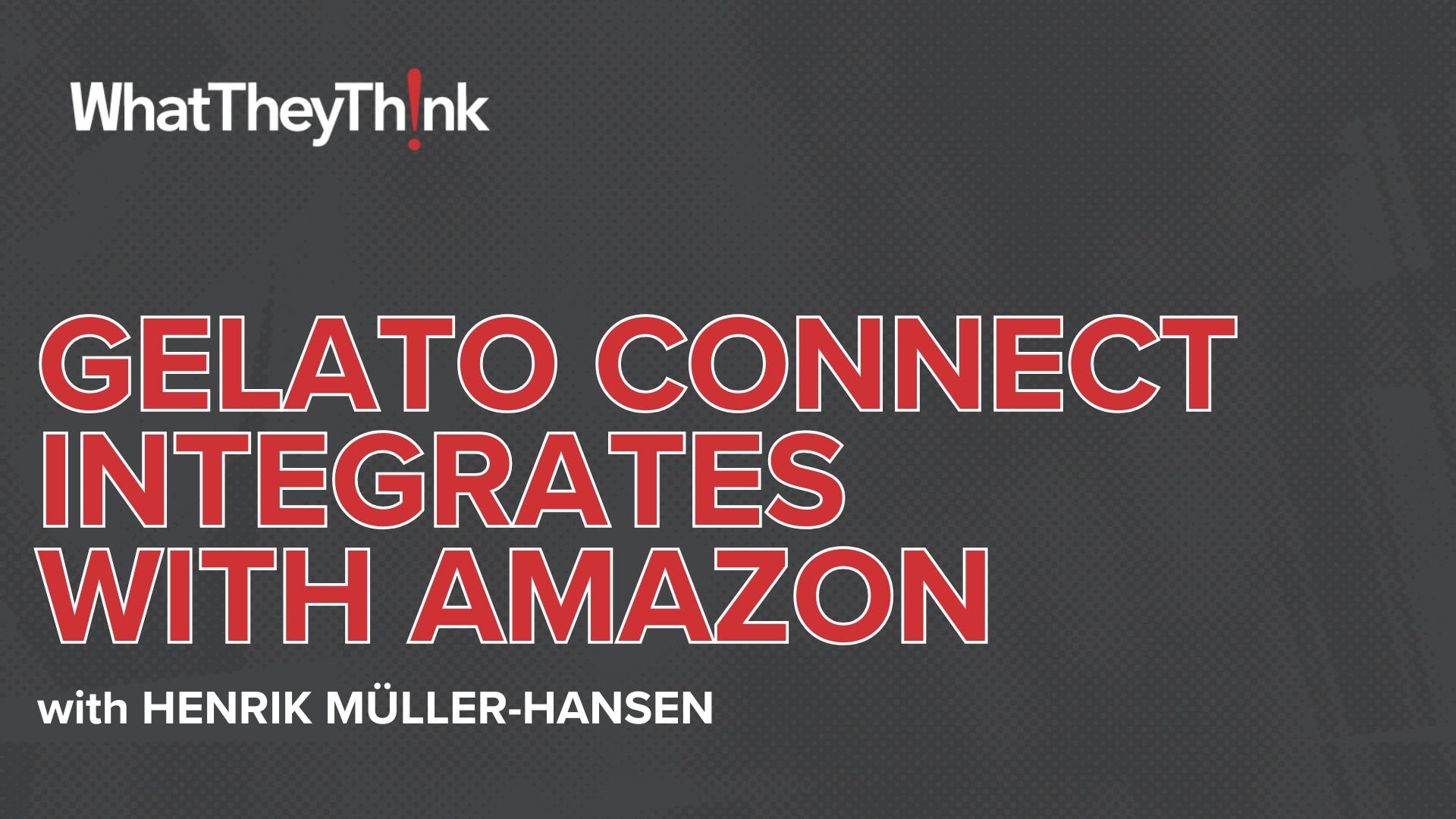Cerealously Engaging: Off-Pack Innovations Transforming How We Connect with Consumers
Press release from the issuing company
Steve Wardle, Senior Manager of Brand Design Operations at Kellanova and a featured speaker at London Packaging Week, discusses how connected packaging is revolutionising consumer engagement and accessibility.
As technology reshapes our lives, the packaging industry is at a crossroads of innovation and social responsibility. Connected packaging is redefining how we engage with everyday products, evolving into a dynamic, interactive experience. Incorporating technologies such as QR codes has transformed packaging from a static item into a gateway for rich, accessible content. This leap forward is particularly significant for inclusivity, enabling brands to offer essential information to blind and partially sighted consumers in ways previously thought impossible.
Sustainability is also becoming more engaging through connected packaging. QR codes and other digital tools allow brands to communicate their environmental efforts more effectively, turning sustainability from a vague promise into a tangible, interactive experience for the consumer.
At the forefront of this transformation is Steve Wardle, a Senior Manager with over three decades of experience in packaging and artwork, who has collaborated with some of the world's most iconic brands. Wardle, a passionate advocate for digital transformation and inclusive design, will be featured prominently at London Packaging Week. On September 12, from 12:30 PM to 1:00 PM, he will join Jenny Stanley, Founder and Managing Director at Appetite Creative, on the Food and Consumer Pack Stage for a discussion titled "Connected Packaging: Revolutionising Consumer Engagement Now." They will delve into how connected packaging is reshaping consumer interactions by turning everyday products into interactive experiences.
Wardle believes in leveraging technology to enhance consumer experiences, particularly for those often overlooked. His pioneering work with NaviLens empowers blind and partially sighted individuals by providing accessible product information through connected packaging.
"Every brand has a responsibility to provide accessible and inclusive product information for blind and partially sighted people," Wardle told London Packaging Week. "There have been some great advancements in accessible tech that provide solutions for this. Kellanova was the first consumer goods brand to put NaviLens codes on packs, allowing blind and partially sighted people to access the product information. This includes essential information about the ingredients and nutritional information. Blind and partially sighted people, like anyone else, can have allergies and dietary requirements, so it's super important, sometimes critical, to have easy access to product information. Without tech like NaviLens, shopping can be a real challenge for blind and partially sighted people, and thankfully, I'm in a position where I can help make positive changes that can lead to someone being able to shop more independently. My goal is to spread the word about how simple it can be for brands to make packaging more accessible and inclusive."
The digital landscape has evolved following the COVID-19 pandemic, and QR codes have become ubiquitous as contactless solutions for ordering food and accessing information, seamlessly integrating into our daily routines. This shift highlights a broader trend of rapid technological innovation, from wearable tech to augmented reality, set to redefine consumer experiences in the near future.
As brands navigate this digital transformation, the focus has shifted from commercial gain to social responsibility. The integration of connected packaging technologies offers an opportunity to enhance inclusivity, providing essential product information to consumers who face accessibility challenges.
"Our world has changed beyond comprehension over the last four years," added Wardle. Crisis is often the driver of fast-paced change and the adoption of new ways of living. Since the pandemic, people have become so used to interacting with QR codes and scanning them with their smartphone cameras in their everyday lives that they are more curious and demand more content and experiences from brands.
"There's so much new innovation in accessible tech, and the pace of advancements will only get faster, too. What I feel is important is that more brands need to just get on board, get their foot on the first step to providing accessible product information and start that journey because none of us know how this is going to play out, but we've got to be the change that we want to happen, so be bold, be part of it.
"One of the many questions I'm often asked about NaviLens is: "What's the commercial benefit of doing this?" Being honest, there isn't one, and if you're looking at accessibility from that angle, forget it. It's a purpose-driven action and it's our collective responsibility to provide product information to everyone. It shouldn't be considered as an opportunity to make money. It's simply about doing the right thing for people."
Revolutionising access with NaviLens
NaviLens is a cutting-edge technology designed to enhance accessibility for visually impaired individuals by providing access to important product information through connected packaging. Unlike traditional QR codes, NaviLens codes are engineered to be detected from a distance and at various angles without requiring precise alignment, making them more user-friendly for blind and partially sighted users. The technology relies on high contrast, colourful codes that can be scanned using a smartphone app, which then audibly relays information about the product, including its ingredients, nutritional facts, and allergen warnings. With its ability to transform everyday interactions into informative and accessible experiences, NaviLens represents a significant step forward in pursuing inclusivity and social responsibility in product design and marketing.
"We were the first brand to apply NaviLens to packaged consumer goods, and we're very proud of that achievement", Wardle continued. "Right from the start, the feedback we got, and continue to get, from the blind community, the RNIB and others was 100% positive. When you hear comments from people who've used NaviLens, say things like, '’This has transformed my life. I've been able to go into a supermarket for the first time since I lost sight of it and found a pack of cereal on the shelf by myself. I can discover the ingredients because the NaviLens app reads the information aloud.' Hearing that and understanding the impact you can have is super powerful.
"Many other brands are also starting to adopt NaviLens, which is wonderful. Pantene, Ariel, Nivea, Gillette, Pampers, Birds-Eye, Oral-B, Müller, Weetabix, Quorn, Coco-cola – and so many more. When you see brand owners the size of Kellanova, P&G and Unilever adopting NaviLens at scale, you should sit up and take notice."
Innovations like NaviLens are redefining how products communicate with consumers, focusing on accessibility and sustainability. NaviLens is pioneering a dual-app system designed for both visually impaired and sighted users, leveraging augmented reality to provide critical product information seamlessly. By scanning a NaviLens code, consumers can access details about allergens, dietary compliance, and more, ensuring a more inclusive shopping experience and empowering those with visual impairments.
As regulatory demands for packaging transparency and sustainability intensify, NaviLens is instrumental in helping brands meet these new standards. Despite the current lack of standardised legislation for connected packaging, NaviLens demonstrates the potential for technology to drive responsible innovation. According to Wardle, brands can significantly improve consumer trust, sustainability efforts, and overall product engagement by embracing these tools.
"There are two NaviLens apps: one for completely blind people and one for sighted users as well," he said. "You can use NaviLens to provide different experiences, such as the use of augmented reality. We've done some work with AR to add filters to the NaviLens Go app so that without having to pick up the pack, you can instantly see if it contains any allergens, so you can quickly know if you need to avoid buying that product without reading through the ingredients list – where the typeface is often really small. You can also filter also to see the product's dietary or religious compliance information, such as whether it suits vegetarians, halal, or kosher.
"Regarding regulations, the amount of information we have to put on a pack is increasing and changing rapidly. For example, there's PPWR legislation from the EU with new recycling labelling coming our way, which will lead to changes in artwork. In addition to this, we can and should be using technology to provide richer information. For example, it's good to put generic instructions on a pack about how to sort and dispose of a product's packaging, but what if we could provide specific recycling instructions for that packaging based on the recycling facilities and the exact geo-location of the person, as recycling facilities and instructions can vary by local authorities within country. Another example is the UK's OPRL labelling instructions on the pack, which mean nothing to someone who bought the product in the UK whilst on holiday but took it home to Spain. Our ambition, in partnership with NaviLens, is to provide a solution that can give location-based recycling information which will tell the user exactly what the packaging materials are and how to sort and dispose of them, even down to what colour bin or bag you should put it in, or, if the packaging can't be collected at curbside, provide the location and directions to the nearest recycling centre.
"Food recalls could be another important area where connected packaging technology like NaviLens can provide support. Traditionally, food recall messages are shared online, in newspapers or other publications, maybe on TV & radio, but with connected packaging, you can change the content behind the QR or NaviLens code within minutes. You can't guarantee that the consumer will scan the product again, but if they do, they'll quickly get the message about a recall. Taking it to another level, if the data changed behind a code in your scanning history, maybe you could even notify the user's smartphone that they need to read a message about that product.
"Another challenge is that there is no real legislation for making product information accessible at the moment. We're going down a path with virtually no rules other than the guiding principle of not misleading the consumer. We've taken the approach to adopting the same basic rules we have for content on the pack, but there should be legislation around what you can and should communicate through connected pack experiences. It should be made mandatory through amendments to disabilities acts, whether from the UK or EU. Brands should provide everyone with product and recycling information through connected pack experiences."
The consumer-centric approach to packaging
Kellanova is renowned for its culture of innovation and its commitment to pushing boundaries. From the pioneering days of W.K. Kellogg, the company has focused on providing consumers with more than just food products—it's about enhancing the entire consumer experience. Kellogg's is continuously experimenting with new technologies and sustainable practices to meet consumers' evolving expectations. The company prioritises transparency, accessibility, and consumer engagement, reflecting its deep-seated values of social responsibility and environmental stewardship.
Kellanova strives to address the complexities of providing information across different languages and regions in today's global market. The company is committed to simplifying consumer interactions with its products by localising packaging information and ensuring that sustainability practices are clear and accessible.
"There's so much information everyone wants to put on a pack," he continued. "It can confuse brands and consumers when a product is sold in multiple countries with multiple languages on pack. For example, if you're selling in the UK, France, Spain, and Italy today, you must add four sets of recycling logos to your packaging artwork. This doesn't look great, and it can be confusing as market requirements for recycling can differ. By using tech solutions like NaviLens, you can effectively localise the pack; even though the pack may have several languages on, with NaviLens, you can have the app read aloud the product information to you in your language of choice. That can really help everyone, including those who are blind or partially sighted, but anyone who faces literacy challenges.
"At Kellanova, we have a fantastic culture; part of that is about being good citizens and doing the right thing. We're proud to do that and to passionate about creating the new to give more to our consumers and shoppers. As I said, NaviLens is not a commercial opportunity for us; it's about giving every consumer the information they should have access to."
Personalised packaging experiences
With over three decades of experience, Wardle operates at the intersection of creative design, technology, and regulatory compliance, navigating a perpetually evolving field. His role involves close collaboration with technical, marketing, legal, and regulatory teams, ensuring that every new development meets creative expectations and adheres to industry standards and environmental regulations.
Under his guidance, packaging projects have moved towards more sustainable and personalised solutions, demonstrating his forward-thinking approach to overcoming industry challenges and pushing the boundaries of what's possible in brand design.
"It's a very privileged role that I have within the EU Brand Design and Operations team at Kellanova," he said. "There's always something new coming at us, or we are creating change that drives us forward, which is really exciting. The pace of change can be scary, but I thrive on it personally. Just when we think, "Oh nice, things are starting to settle down, and we know what the plan is, it can literally change in a heartbeat as business needs or regulatory requirements change, and we go again.
"We have to be agile and adapt, and that brings me on to another passion of mine, which I think will play a pivotal role in the very near future: Digital Printing. Not only can digital print unlock personalisation and enhance consumer engagement, but it's proving more and more that digital print can create value by solving some of the supply chain issues a brand may have. For example, traditionally, printed packaging, particularly for big brands, is based on producing big volumes to get the lowest pricing, but with that can come the risk of overproduction and scrap waste if demand doesn't meet forecasts. When you think of all the reasons an artwork might have to change now, where previously you might have had years between artwork changes, it's often now down to just a few short months. Additionally, traditional logistic shipping routes are being compromised, creating supply risks, and all of this, I feel, is naturally going to accelerate the drive to more secure localised printed packaging production with shorter runs, where the priority will shift to producing exactly the amount of packaging you need on shorter lead times, produced close to where you need it, delivered just at the right moment for packing. Use small top-up orders if sales demand exceeds forecasting. Minimal warehousing. Minimal waste.
"Direct-to-consumer packaging experiences are also evolving. Instead of just walking into your local supermarket and picking the same packaged product as everyone else, a shopper might want a more personalised pack with content and language that suits their preferences.
"How all this shapes up over the next five years is incredibly exciting. It's a great time to be in packaging because there is so much change happening and still so much change to come that we just don't know about yet."
Attending London Packaging Week offers Steve Wardle invaluable personal and professional growth opportunities. For Wardle, the event is more than just a showcase of industry trends—it's a dynamic learning experience that fosters fresh perspectives and innovative thinking. By engaging with the latest solutions and case studies, he seeks to understand how other brands tackle challenges creatively.
"I always learn something, professionally and personally, at this type of event," he added. "For me, it's not just about making connections and seeing and hearing about great things, then copying the best bits. It's more about looking at how others have approached their problem, perhaps with a different way of thinking about things than I would, whether it's bringing new innovation to market or doing something in a way that makes you think, "Wow, that's such a great way to think about the problem. To me, that is how you improve by strengthening your thinking."
"When you connect and talk to various people from different companies, sometimes it can also be a bit of a venting session, which can be great. I often hear things like, "I've got all these problems in my work world," and I'll reply with "Yeah, they're exactly the same problems I've got in mine." You get that reassurance, but you can also tell people how you've approached that particular problem. It's important to share your experiences."
The integration of connected packaging is reshaping our interaction with products, making packaging not just a container but a dynamic, interactive experience. This evolution is driven by the need for greater inclusivity and transparency, enabling brands to provide essential information to all consumers, including those with visual impairments. With innovative solutions like NaviLens leading the way, the future of packaging promises to be more accessible and environmentally responsible, reflecting a commitment to both technological progress and social good.
Attending events like London Packaging Week fuels his passion for continuous learning and reinforces the importance of collaboration and creative problem-solving in driving industry-wide advancements. As Steve and his team continue to pioneer solutions that enhance consumer experiences and promote inclusivity, they set a compelling example for how the packaging industry can evolve in a meaningful and impactful way.
- Questions to ask about inkjet for corrugated packaging
- Can Chinese OEMs challenge Western manufacturers?
- The #1 Question When Selling Inkjet
- Integrator perspective on Konica Minolta printheads
- Surfing the Waves of Inkjet
- Kyocera Nixka talks inkjet integration trends
- B2B Customer Tours
- Keeping Inkjet Tickled Pink
© 2024 WhatTheyThink. All Rights Reserved.

